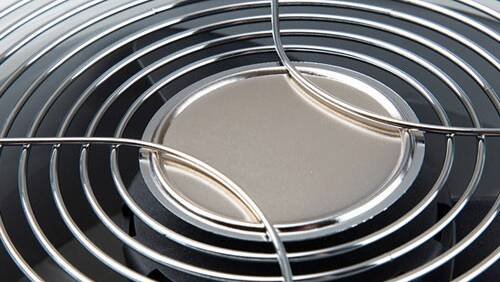HVAC accounts for roughly 30 percent of the total energy cost in a warehouse. Even though most building managers keep the temperature in their warehouses lower than office space to prevent freezing pipes, because of the larger size and high ceilings, heating bills can still be a big budgetary drain.
Tips for Reducing Energy Bills in Warehouses
ASHRAE and others offer the following tips for controlling warehouse HVAC costs:
- More Efficient HVAC Systems– ASHRAE says that high efficiency condensing furnaces with efficiency ratings greater than 92 are the best option. Locate Air Conditioning condensers on the inside of the building.
- Programmable Thermostats and Building Automation – Vary settings based on occupancy, activities and the needs of goods being stored. Internet based or wireless thermostats allow for external monitoring and control 24 x 7. Many Building Automation Systems can alert users if HVAC systems are accidentally set too high or low and/or are being excessively overridden by occupants.
- Divide Warehouse Buildings into Zones– Depending on the goods beings stored, exposure to outside temperatures and other factors, different areas of the building may require different HVAC strategies. Definitely make use of heavy duty transparent curtains to reduce the amount of outside air entering a controlled environment.
- Radiant Heaters – Temperatures in loading areas can be especially difficult to control, so concentrate on keeping occupants warm with the use of radiant heaters. These heaters allow for regulating space temperature separately from the central units and can maintain higher floor temperatures when heat rises away from occupants.
- Heat Recovery Strategies – The equipment in warehouses provides a great opportunity for converting exhaust into heat using Energy Recovery Ventilators (ERV) systems. Many commercial HVAC systems now offer built in ERV capabilities.
- Cool Roof Technologies– Most warehouses have large roofs that by nature of their design soak up energy from the sun. This absorption is greater in cooler months but can present serious challenges for cooling the air inside warehouses in warmer months. New roof design incorporate “cool room technologies” that feature “high solar reflectance” and “high thermal emittance.”
- Air Destratification – Because warm air rises and due to the creation of “hot spots” and “cold spots”, the temperature inside warehouses can vary significantly. Air stratification occurs naturally in nearly every building and is especially evident in high ceiling warehouses.
Understanding Air Stratification and Destratification
Air stratification is especially evident inside buildings with high ceilings. As this report demonstrates, heat loss increases as ceiling height increases so that a building with 30 foot high ceilings can lose over 26% of heat energy due to stratification.
Also known as thermal stratification, air stratification occurs when cooler, denser air sinks, and warmer and thinner air rises to create layers of air with varying temperatures. In addition to the stratification that occurs, warehouses often have high shelves and material handling equipment that create dead zones where air becomes trapped.
Case Study on the Efficiency of Air Destratification Systems
This case study clearly demonstrates how one factory in the United Kingdom was able to save over 60% in their energy costs following the installation of an Airius system. Prior to installing the system, “Temperatures at floor level were uncomfortably cold as their heating system was unable to reach acceptable conditions.”
The company also reported excessive energy costs because HVAC system ran constantly trying to meet the cooling demands created by stratified and trapped air.
Air Destratification Systems from Airius Fans
Airius recommends installation of an Air Destratification System specifically designed to move air out of hot spots and cold spots back into the main environment using a series of jet-like fans. An independent Study conducted by BSRIA demonstrated that Airius Fans were able to consistently reduce stratification in warehouse like buildings.



